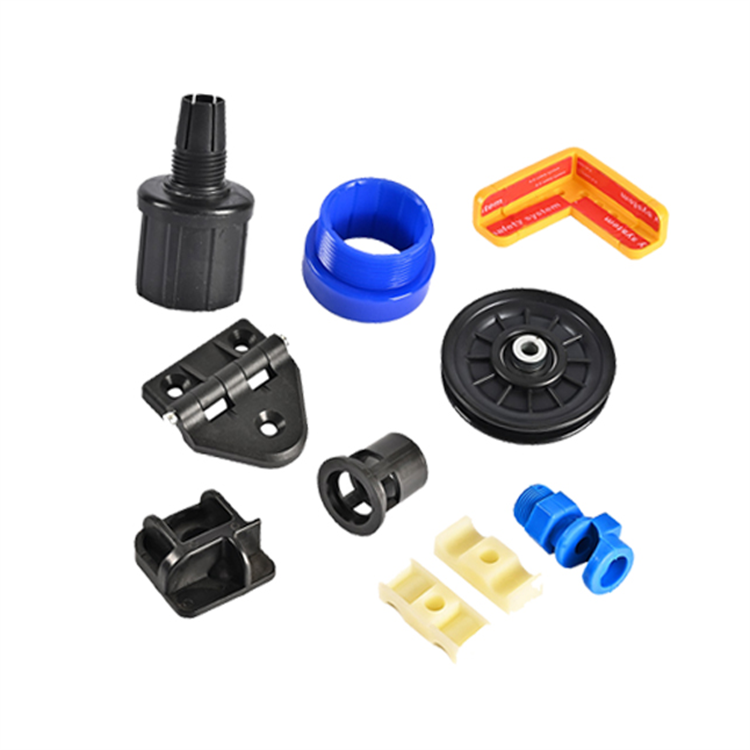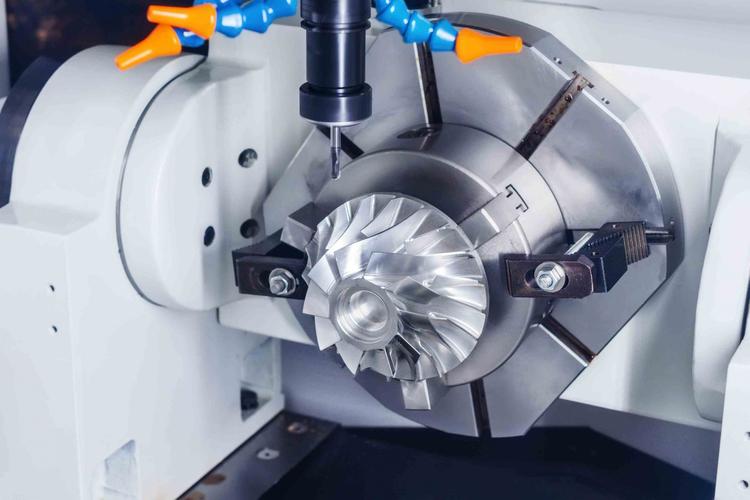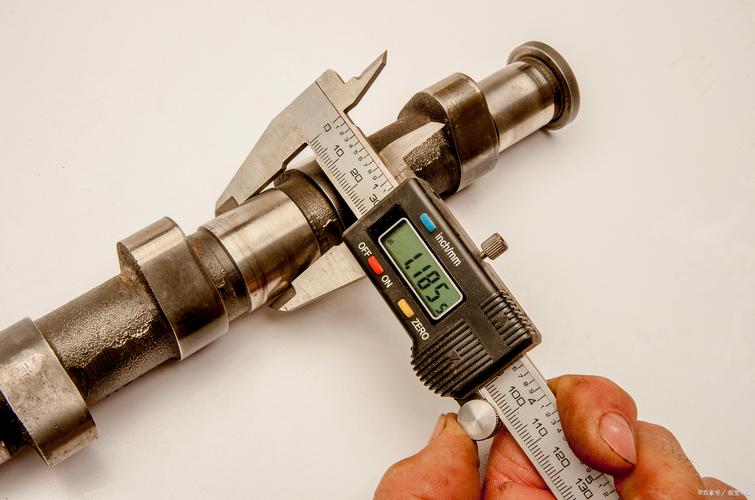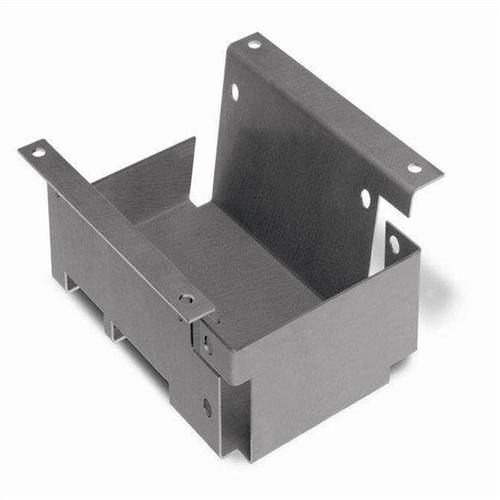Common CNC – machined parts include shaft – type parts, disc – type parts, box – type parts, plate – type parts, and complex curved – surface parts. Shaft – type parts include motor shafts and drive shafts; disc – type parts include gears and flanges; box – type parts include engine blocks and machine tool gearbox housings; plate – type parts include heat – dissipation plates of electronic devices; complex curved – surface parts include aero – engine blades and mold cavities, etc., which are widely used in various manufacturing fields.

Extended Answer
In modern manufacturing, CNC machining has become a key technology for producing various parts due to its high precision and efficiency. Regarding “What are the commonly machined parts?”, from aspects such as technology, process, machined parts, application fields, and processing difficulties, it has rich and professional connotations.
From a technical perspective, CNC machining precisely controls the movement of machine tools through computer programs. By using programming languages such as G – code, parameters such as tool paths, cutting speeds, and feed rates are accurately set. Combined with hardware such as servo motors and precision guides, machining accuracy at the micron – level or even nanometer – level can be achieved. At the same time, advanced sensors and feedback systems monitor the machining status in real – time to ensure the stability of the machining process and that the parts meet the design requirements.
The machining process first involves design and modeling. A 3D model of the part is created using CAD software to clarify dimensions, shapes, and accuracy requirements. Then, the model is converted into a machining program recognizable by the CNC machine tool through CAM software. After that, the workpiece is clamped, and appropriate fixtures are selected to ensure the stability of the workpiece during machining. Next is debugging and machining. The machine tool is started, and parameters are fine – tuned according to the actual situation. Finally, a comprehensive inspection is carried out on the machined part, and equipment such as a coordinate measuring machine is used to inspect dimensional accuracy, form and position tolerances, and other indicators.
There are various types of common CNC – machined parts. Shaft – type parts are mainly used to transmit motion and power. For example, motor shafts require high concentricity and finish, surface and are usually completed through turning and grinding processes. Disc – type parts are represented by gears and flanges. The tooth – shape processing of gears requires special processes such as hobbing and gear shaping to ensure transmission accuracy; flanges focus on the flatness of the end – face and the position accuracy of bolt holes. Box – type parts such as engine blocks and machine tool gearbox housings have complex structures with multiple hole systems and chambers inside. Multi – axis machining centers are required, and processes such as milling and boring are used to ensure the position accuracy and dimensional accuracy of each part. Plate – type parts such as heat – dissipation plates of electronic devices focus on flatness and hole – position accuracy, and are often processed using milling and drilling processes. Complex curved – surface parts, such as aero – engine blades and mold cavities, have complex shapes and require five – axis CNC machining technology to precisely control the tool’s movement trajectory in three – dimensional space to achieve high – precision machining of the curved surface.
In application fields, CNC – machined parts are everywhere. The aerospace field has extremely high requirements for part accuracy and reliability. Complex parts such as aero – engine blades and fuselage frames are all machined by CNC to ensure the performance and safety of aircraft. In the automotive manufacturing industry, the processing quality of key parts such as engine blocks and transmission gears directly affects the power and durability of automobiles. In the electronics industry, precision parts such as mobile phone casings and computer heat – dissipation modules rely on CNC machining to achieve a fine appearance and good functionality. In the medical device field, parts such as artificial joints implanted in the human body and surgical instruments meet strict accuracy and biocompatibility requirements through CNC machining.
However, CNC machining of these common parts also faces many difficulties. For complex curved – surface parts, programming is difficult. Professional programmers with rich experience are required to generate a reasonable tool path. During the machining process, the contact state between the tool and the workpiece is complex, and vibration is likely to occur, affecting the surface quality and machining accuracy. Box – type parts are large in size and complex in structure, so clamping is difficult. Moreover, the cutting force is large during machining, which is likely to cause workpiece deformation. At the same time, the position accuracy requirements between multiple hole systems are strict, which is a great test for the accuracy and stability of the machine tool. When processing long and slender shafts, shaft – type parts are prone to bending deformation, and special clamping methods and machining processes such as reverse feed and the use of a follow – rest are required. The high – precision tooth – shape processing of disc – type parts is relatively sensitive to tool wear, and the tool needs to be replaced regularly and accurate tool compensation is required.
In conclusion, CNC machining of common parts involves many aspects of technology and knowledge. Overcoming processing difficulties and continuously optimizing the machining process can produce high – quality parts and promote the continuous development of the manufacturing industry.






